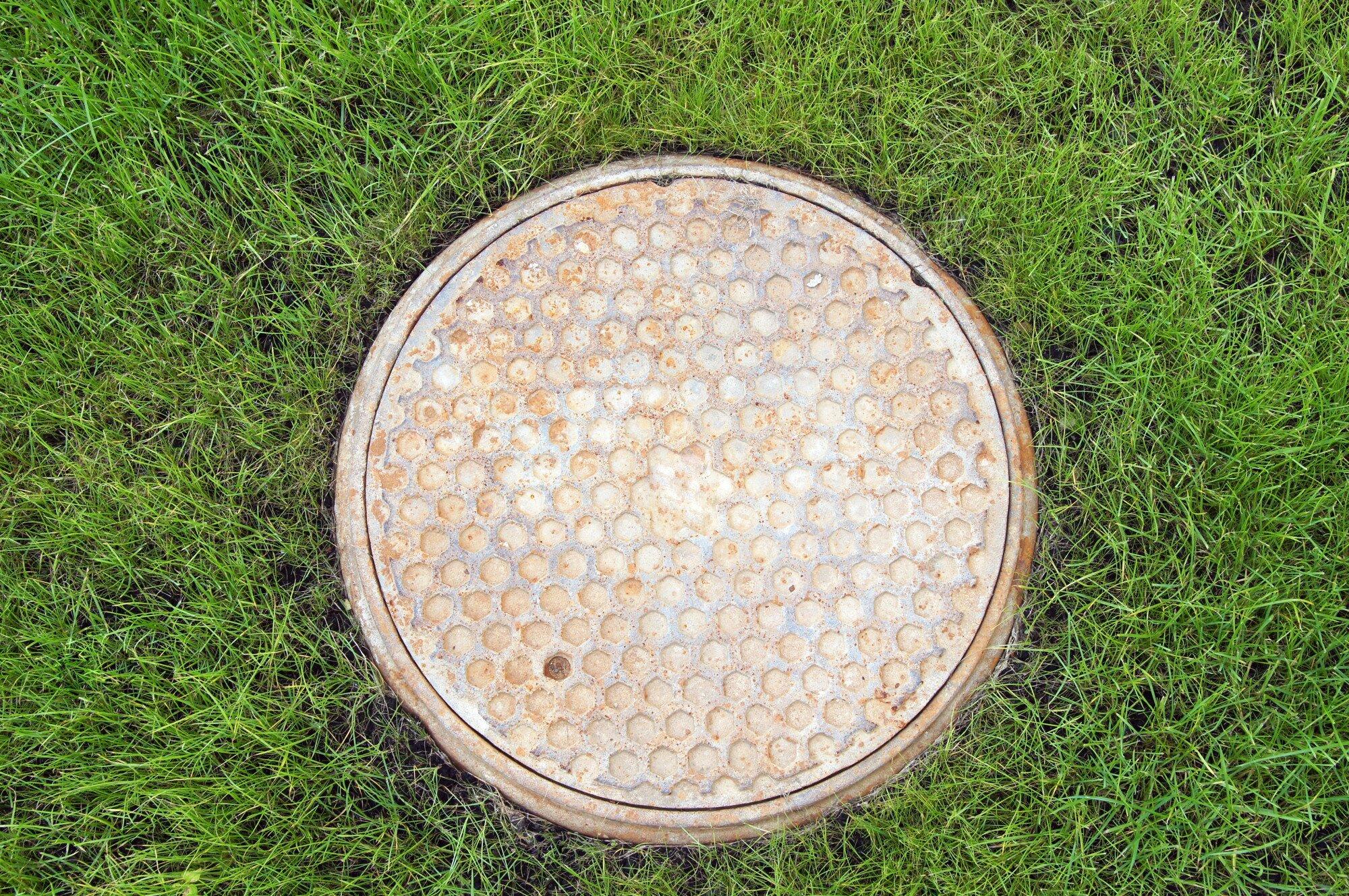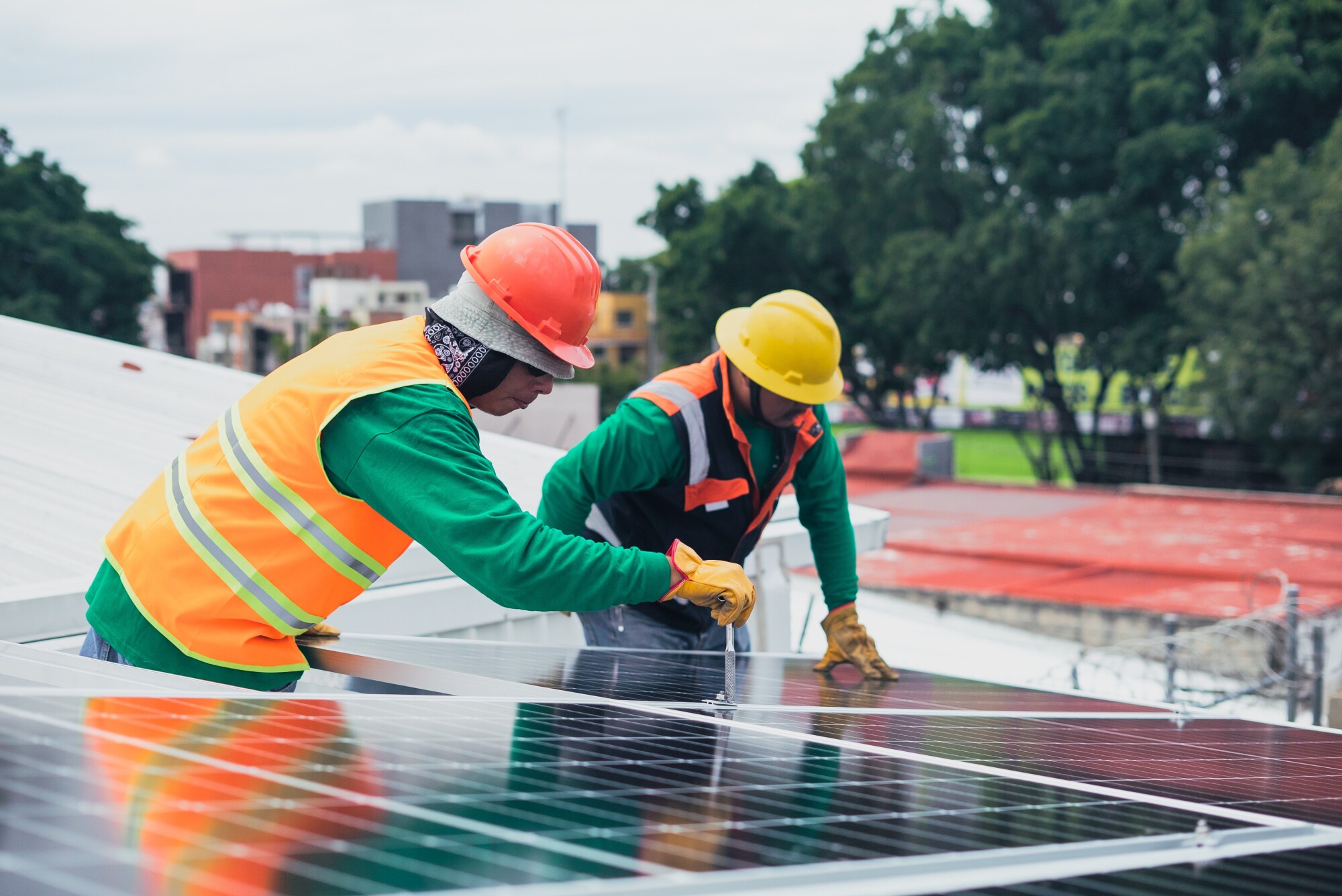Septic systems are a crucial part of many homes without municipal sewage systems. If you’re one of the millions of Americans who rely on a septic system, you know how important it is to keep yours in top condition. However, even with regular maintenance, repair issues can arise that might leave you feeling overwhelmed.
This comprehensive guide will explore the top four repair issues you will likely encounter with chamber septic systems and how to address them.
1. Clogged Pipes
Clogged pipes are the most common problem homeowners face with chamber septic systems. These clogs can occur when solid wastes, grease, or non-biodegradable materials accumulate in the pipes, obstructing the wastewater flow from the house to the septic tank.
Signs that your system might be experiencing a clog include slow-draining sinks, toilets that back up, and foul odors emanating from drains. The best approach to addressing this issue is to avoid flushing anything other than human waste and toilet paper down the drain.
Regular inspections and pumping of your septic system can also help prevent clogs from occurring in the first place. If you need help, click for best septic repair service.
2. Malfunctioning Float Switches
The float switch is an essential component of chamber septic systems, as it controls the level of wastewater within the tank. When working correctly, the float switch activates the pump to remove excess liquid from the tank to prevent overflow.
However, float switches can malfunction for several reasons, such as being stuck in place or clogged with debris. The most obvious sign of a malfunctioning float switch is when the pump fails to turn on, causing wastewater to back up into your home. If you suspect your float switch is not working correctly, it’s best to have a professional check and fix the issue.
3. Pipe Leakage
Pipe leakage is another common issue that can arise with chamber septic systems. This problem can occur for various reasons, such as aging pipes, corrosion, or tree root intrusion.
Leaking pipes can cause wastewater to seep into the surrounding soil, leading to foul odors and potential health hazards. This issue can result in a flooded drain field and costly repairs if left unattended.
To address pipe leakage, it’s essential to have a professional plumber regularly inspect your septic system. They can identify potential issues early on and fix them before they become significant problems. Sometimes, the pipes may need to be replaced entirely if the damage is severe.
4. Pump Failure
The pump is an essential component of chamber septic systems, as it is responsible for moving wastewater from the tank to the drain field. However, pumps can fail for various reasons, such as electrical issues, clogs, or a damaged impeller.
Pump failure signs include slow-draining fixtures and standing water in the drain field area. If you suspect your pump is not working correctly, call a professional immediately. A pump failure can quickly lead to system backup and potential health hazards.
Regular septic system maintenance is essential. It includes inspecting the pump and replacing worn-out parts. This maintenance can help prevent pump failure.
Repairing Chamber Septic Systems
By understanding the common repair issues that can arise with chamber septic systems and taking proactive measures to prevent them, you can ensure your system stays in top condition. Always seek professional help if you encounter problems; attempting repairs alone can lead to further damage and costly repairs. So, be a responsible homeowner and monitor your septic system for optimal performance.
Don’t forget to visit our website and read more.




